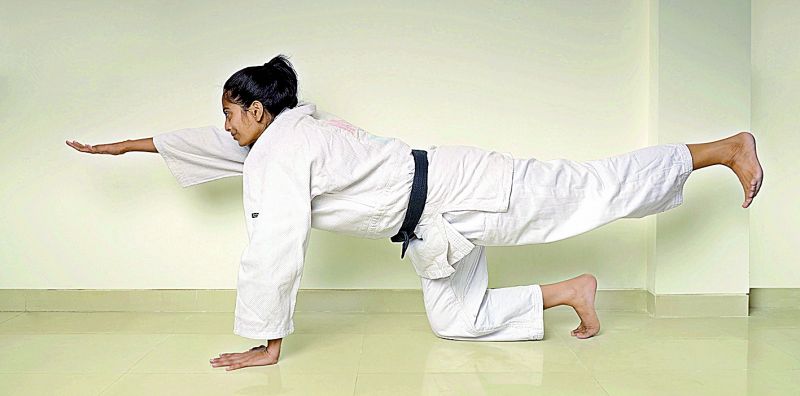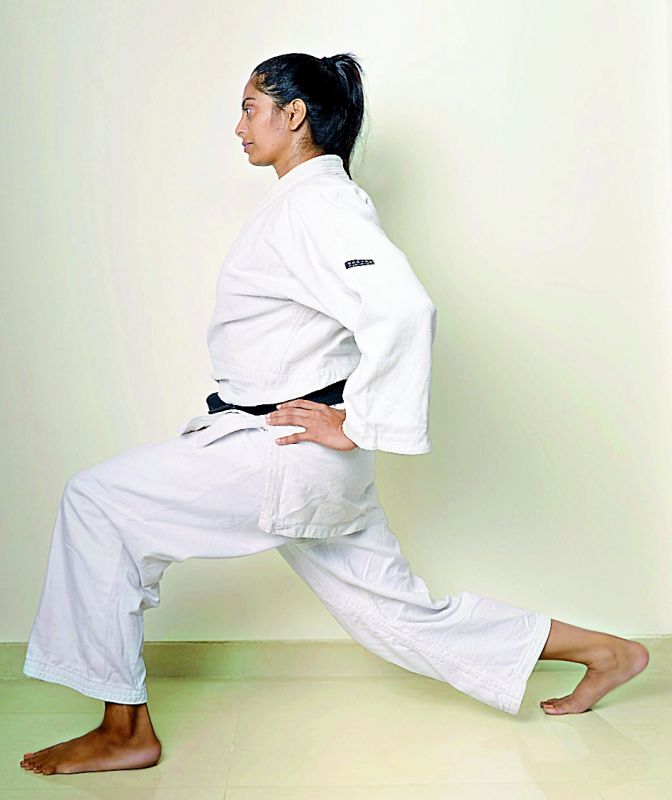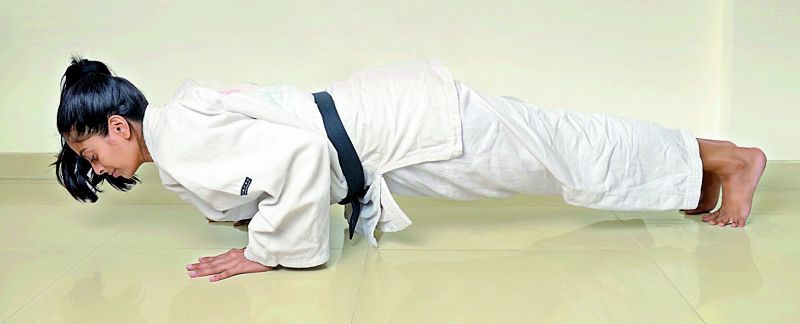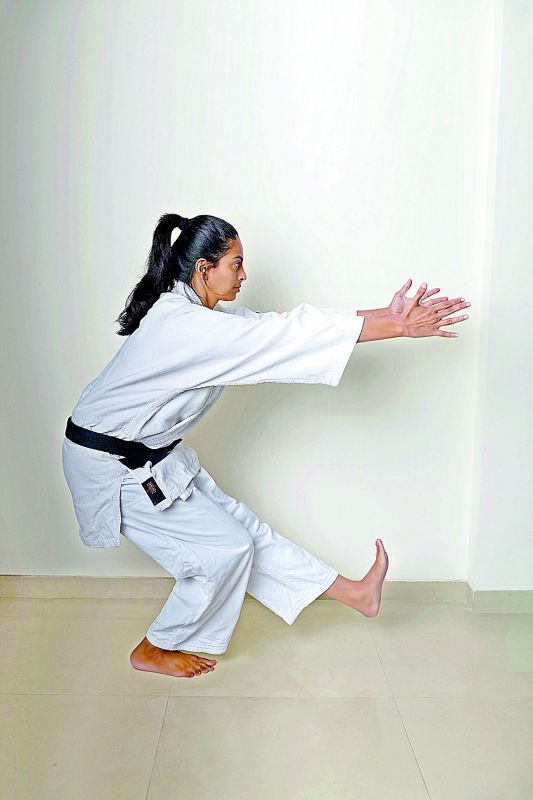You can train like a judoka
This martial art has everything one needs to develop both physical and mental health.

Many people take martial arts classes for self-defense or fitness purposes. We look at how martial art builds strength, flexibility, endurance, and focus on mediation and relaxation too...
If one were to think about fitness, it is probable that routines like gym, yoga or pilates come to mind. Chances are you may have skipped martial arts. More so, judo. But judo is the second most popular sport in the world. Unlike other martial arts, judo does require kicking or punching. This martial art has everything one needs to develop both physical and mental health.
Judo, which means the way of gentleness, not only includes five basic fitness components (strength, endurance, flexibility, muscular endurance and body composition) but also improves strong core muscles, suppleness and psychology. Judo works on a very simple, yet most effective principal — maximum efficiency with minimum efforts. This form needs explosive body weight movement, so just strength won’t help. Therefore when one starts practising judo, the body starts tapping unused muscles, strength and power.
Judo also demands the use of one’s own body weight, so this gives us an opportunity to practice anywhere and anytime. Balance is another key element when it comes to this martial art.
You may start this routine as a form of exercise, but there is a competitive aspect to it as well. You could start these simple exercises and move on to more specific training in Judo. You shouldn’t be surprised if joining a judo class for health eventually ended up making you a competitive player.
High Planks:
This exercise helps challenge your core strength.
Method:
Lie face down in a push-up position. Keep your palms on the floor in line with your shoulders and your feet flexed.
Take a deep breath and press up into a pushup. Your body should make a straight line from your heels to the top of your head.
Get your navel closer to your spine and tighten your hips. Hold for at least 10 seconds and lower yourself back to the floor.

Spinal Balance
This exercise warms the body and brings flexibility to the spine, shoulders, and hips.
Method:
Form a table-top position on your hands and knees. Extend your right arm out directly in front of your shoulder.
With your palm facing in, slowly extend your left leg behind. Return to the starting straight position and repeat on the other side.

Lunges
This exercise helps build several muscles/muscle groups, including the quadriceps (or thighs), and the gluteus maximus.
Method:
Keep your upper body straight, with your shoulders back and relaxed. Step forward with one leg, lower your hips until both knees are bent at about a 90-degree angle.
Make sure your front knee is directly above your ankle, not pushed out too far, and make sure your other knee doesn’t touch the floor.
Keep the weight in your heels as you push back up to the starting position.

Push Ups
This exercise maybe hard work but your upper-body needs to be strong too.
Method:
Assume a face-down prone position on the floor.
Raise yourself by pushing the ground away from you.
Make sure your body is in a straight line.

One leg squats
As strong legs are the base in Judo. One leg squats will help in building strength as well the balance.
Method:
Find a pole that has space around it. Hold the pole with both hands at shoulder height.
Extend one foot out past the pole.
Lower yourself down by sitting back and bending your knee.
Press down with your planted foot and stand up.
— Smitha Shetty is a Mumbai-based fitness expert
